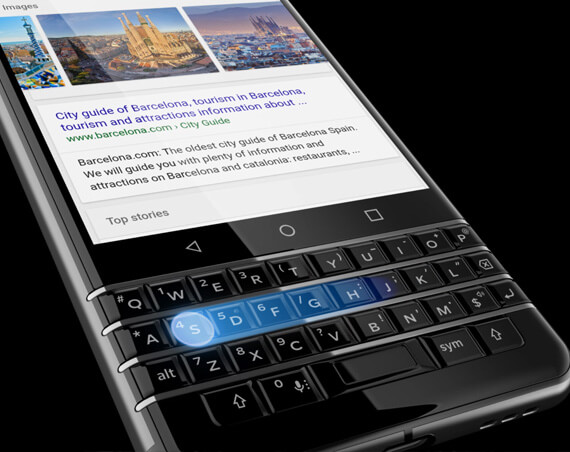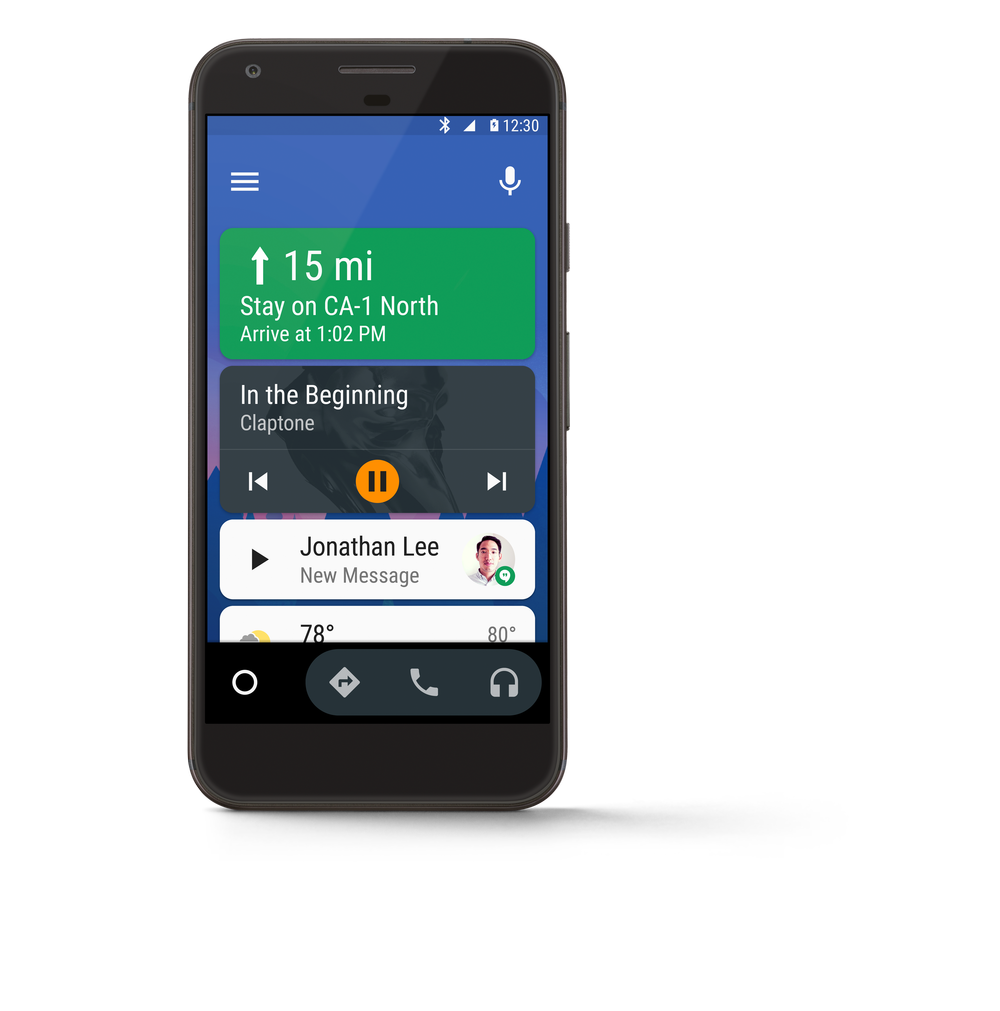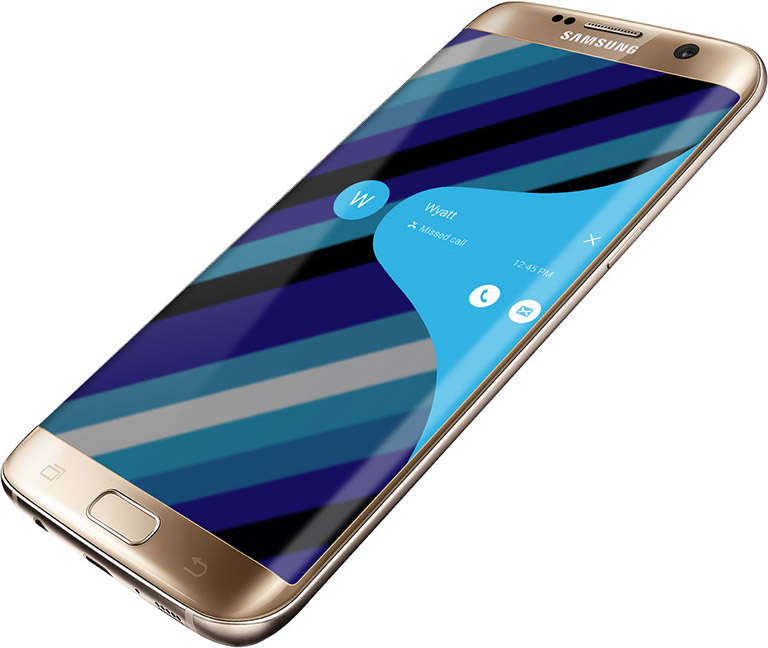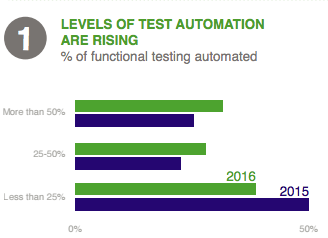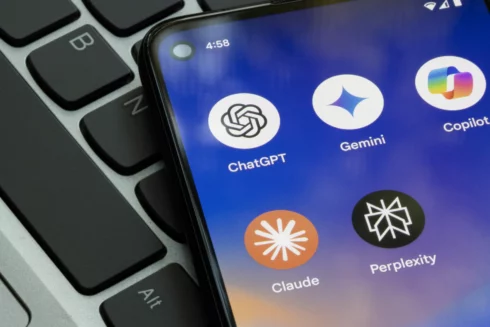
Whispers of “AI PCs” have been circulating for some time, promising a new era of on-device intelligence. Yet, for many, the reality has felt underwhelming, with a scarcity of compelling applications that truly leverage the dedicated Neural Processing Units (NPUs) within these machines. But what if the next leap in personal AI isn’t a desktop or laptop, but the device already glued to our palms? The coming AI smartphone is poised to learn from the AI PC’s early stumbles, offering a transformative user experience that could eventually see it dominate the smartphone, tablet and PC markets.
Avoiding the AI PC’s App Problem
The primary challenge for the AI PC has been the chicken-and-egg dilemma: developers are hesitant to build NPU-specific applications without a large installed base, and consumers see little reason to upgrade without compelling NPU-powered apps. Indeed, reports indicate that a lack of clear understanding of AI’s business value and security concerns have hindered AI PC adoption, more so than hardware limitations. The AI smartphone, however, enters a vastly different ecosystem. Smartphones already boast a vibrant, app-rich environment with billions of users. The integration of AI won’t be about creating entirely new app categories from scratch, but about enhancing existing ones and enabling new, intuitive interactions.
Instead of requiring users to seek out “AI apps,” the AI smartphone should bake intelligence directly into the operating system and core functionalities. Imagine your camera app intelligently anticipating the best shot settings based on context, your messaging app proactively summarizing long conversations, or your calendar automatically suggesting meeting times based on everyone’s preferences and travel times. These aren’t entirely new apps, but profoundly smarter versions of what we already use daily. This seamless integration, driven by powerful on-device NPUs and sophisticated AI models, will offer immediate, tangible benefits that encourage rapid adoption. For students, AI tools like Grammarly can refine writing, Otter.ai can transcribe lectures, and Mindgrasp can summarize complex documents and generate quizzes. For employees, AI productivity tools such as Notion AI for task management, ChatGPT for brainstorming and Fireflies.ai for meeting transcriptions are already proving invaluable. These existing use cases can seamlessly transition and be enhanced on an AI smartphone.
A Hybrid AI Powerhouse: On-Device and Cloud Synergy
Unlike the AI PC, which often defaults to cloud-based AI or struggles with limited on-device capabilities, the AI smartphone will thrive on hybrid AI architecture. This means leveraging its powerful, increasingly efficient NPUs for instantaneous, private and low-latency tasks, while intelligently offloading more complex, data-intensive computations to the cloud when necessary. This approach offers significant benefits in cost, performance, privacy and personalization.
For instance, quick photo edits, real-time language translation or personalized recommendations could happen entirely on the device, ensuring privacy and speed. More intricate tasks, like generating high-fidelity images, complex data analysis or interacting with vast knowledge bases, would seamlessly tap into cloud AI resources. This hybrid approach offers the best of both worlds: the responsiveness and privacy of on-device AI combined with the immense computational power and up-to-date knowledge of cloud-based models. This intelligent orchestration will be largely invisible to the user, providing a fluid and powerful experience that feels truly intelligent.
Transforming the User Experience: Beyond Taps and Swipes
The AI smartphone won’t just be a faster, smarter version of current phones; it will fundamentally change how we interact with our devices. Expect a shift from app-centric navigation to intent-based interactions. Instead of opening multiple apps to plan a trip, you might simply tell your AI assistant, “Plan a weekend trip to Paris, find affordable flights and hotels and suggest activities based on the weather.” The AI would then orchestrate the various services in the background, presenting a cohesive plan.
This evolution will lead to “smart agents” that anticipate your needs and proactively offer assistance. Your phone could become a truly personal coach, health guardian and executive assistant rolled into one. Imagine it monitoring your health metrics in real-time, alerting you to potential issues, or even detecting your mood from your voice and suggesting a calming playlist. The user interface might become more conversational, relying on natural language and context rather than a grid of icons. This deeper level of personalization and proactive assistance will make the AI smartphone indispensable.
The Race to Market: Who Will Lead?
While giants like Apple and Google are heavily invested in AI smartphone development (with Google Gemini and Apple’s own AI platforms), other players have unique advantages. Motorola, a subsidiary of Lenovo, stands out for its potential to get the “business version” of the AI smartphone right. Motorola has historically focused on enterprise solutions, offering robust security, durability and seamless integration with PC ecosystems (like the ThinkPhone’s connection to Lenovo ThinkPads). Their “Smart Connect” initiative already bridges the gap between phones and PCs, a key step towards a unified AI-powered experience across devices. Their willingness to integrate multiple AI models (Google, Microsoft, Meta, Perplexity) into the “Moto AI” suite also suggests a pragmatic approach to delivering the best tool for the job, rather than being limited by proprietary ecosystems.
Other companies like Samsung (with its Bixby and partnerships with Google) and various Chinese manufacturers like Huawei, BYD and Xpeng (who are rapidly innovating and bringing a tech-forward approach to mobile) are also strong contenders. The competition will be fierce, but the winners will be those who can best integrate hardware and software to deliver truly transformative AI experiences.
The AI Smartphone in the 2030s: A Glimpse into the Future
By the 2030s, the AI smartphone could evolve into something far beyond what we currently recognize. With advancements in 6G connectivity, ultra-low latency and even more powerful on-device AI chips, these devices could become “portable AI servers.”
- Ubiquitous AI Agents: Most traditional apps might indeed “go on permanent vacation” as predicted by some analysts. Instead, highly specialized AI agents will handle tasks across various domains, from booking complex travel itineraries to managing your smart home, all through natural conversation.
- Hyper-Personalization: The AI will have an incredibly deep understanding of your habits, preferences and even emotional states. It could proactively suggest activities, manage your schedule with uncanny accuracy and offer hyper-personalized content curation.
- Seamless Reality Integration: Augmented Reality (AR) will likely be a core feature, with AI seamlessly overlaying digital information onto your physical world. Imagine walking through a foreign city and your AI smartphone instantly translating signs, providing historical context or navigating you with intuitive AR overlays.
- Health and Wellness Guardian: Beyond current fitness trackers, the AI smartphone could become a comprehensive, always-on health monitor, detecting subtle changes in your vitals, predicting potential health issues and even offering real-time mental well-being support.
- New Form Factors: While the “slab” phone might persist, expect more flexible, adaptive and perhaps even invisible form factors that seamlessly integrate into our lives. Some even speculate about brain-computer interfaces for direct thought control.
Wrapping Up
The AI smartphone represents the next major paradigm shift in personal technology. By learning from the AI PC’s initial struggles, embracing a hybrid on-device and cloud AI architecture and focusing on a truly transformative user experience, it has the potential to move beyond being just a communication device to become an indispensable, proactive and deeply personal AI companion. Companies like Motorola, with their enterprise focus and flexible AI integration, are well-positioned to lead this charge, but the ultimate success will depend on who can best deliver a seamless, intuitive and genuinely intelligent experience that empowers users in ways no other personal technology product has before.


